We are trying to figure out how different companies explain the rejection of a separate headphone jack and which of them did it just like that.

In 2016, a wave of refusals from the 3.5 mm jack began in smartphones, this did not become a trend, but many did so – LeEco, Moto, Apple, HTC, Xiaomi, Huawei, Google, and now Sony. I decided to do some research and find out how each manufacturer makes their case against a separate headphone jack.
Today I will not talk about old phones that came out without a 3.5 mm jack many years ago. For example, the Sony Ericsson K700 had a wide connector, which could be used for branded headphones or a 3.5 mm adapter – just like now.
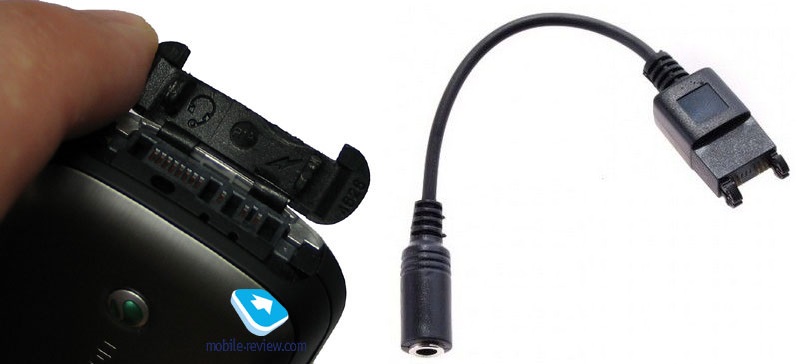
I want to consider the modern era, when all manufacturers have finally come to a single format for headphones with a 3.5 mm jack, but for some reason they began to abandon it. Consider how it started.
Who was first?
It should be understood that Apple is far from the first to abandon the 3.5 mm jack. The massive abandonment of the old format began after the release of the smartphone from the controversial company LeEco – in April it introduced the Le 2, Le 2 Pro and Le 2 Max line of smartphones. Another question is that LeEco removed the connector in smartphones only after the first rumors that it was going to do it Apple. That is, the Chinese company hardly had an ideological goal to promote wireless technologies, they just wanted to do it earlier Apple – and they noted this at the presentation. They did their best to prove that 'digital' headphones with USB Type-C are much better than analog ones with 3.5 mm, but they put the adapter in the kit just in case.

The next major player to join the wave of 3.5mm jack rejection was Motorola under the leadership of Lenovo. In early June 2016, a modular Moto Z phone with an ultra-thin 5.2 mm body appeared. In this case, abandoning the headphone jack looks more logical, because the case is so thin and there was simply no room for it, but I want to make a couple of comments.
In 2014, a little-known Chinese company Gionee released the Elife S5.1 smartphone – it is listed in the Guinness Book of Records as the thinnest smartphone in the world, and, attention, it has a 3.5 mm jack! Of course, we can assume that the Moto Z has a more complex design and simply did not find a place inside, but after all, the Z Force was presented with it with a body thickness of 7 mm, and it also does not have a 3.5 mm jack. It is even more interesting further. A few months later, Moto is releasing the more affordable modular Z Play smartphone with a 3.5mm jack.
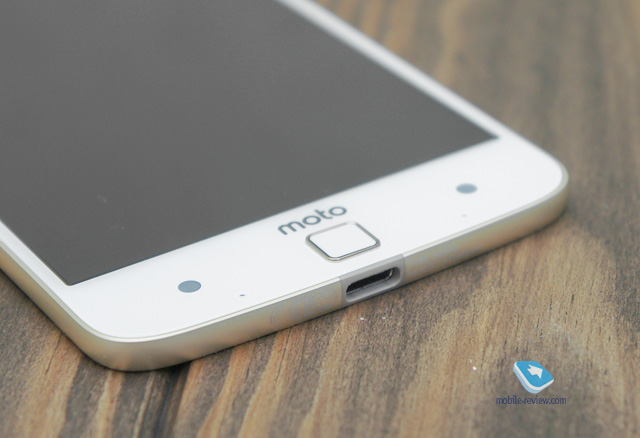
Moto Z
To me, Moto's action looks odd and inconsistent. They did not even formulate the reason for rejecting 3.5 mm, they just silently removed it.
Key moment
Apple has always taken pride in the fact that she constantly goes to drastic measures to abandon old technologies. They once removed DVD drives in laptops, stopped supporting Adobe Flash in browsers, completely switched to the new USB Type-C connector in laptops, and much more. Therefore, the rejection of the 3.5mm jack in iPhone 7 and 7 Plus came as no surprise. But this announcement divided the world into two camps: one for the so-called wireless future, and others for conservatism.

I will not share my opinion and talk about the pros and cons of wireless and wired headphones, we are only interested in motives.
At the presentation iPhone 7 Apple, she told how they got up the courage and abandoned the outdated connector that appeared more than 50 years ago. But that was not the only reason. After the presentation, the representatives Apple received a lot of questions and complaints about the need to use an adapter for wired headphones. Senior VP of Software Development at Apple Dan Riccio told Buzzfeed that the 3.5mm jack is just a hole in a case filled with air.
'He just sits there, takes up space, really usable space,' said Dan Riccio
This argument sounds more convincing. And it was later confirmed by the experts of the iFixit company, who disassembled the new iPhone 7 and noticed that the place of the 3.5 mm connector was taken by the Taptic Engine vibration motor module – it helps to create the effect of a mechanical Home button, which has become touch-sensitive.

Photo: iFixit
The iPhone 7 and 7 Plus are also the first in the lineup to receive IP67 water and dust protection certification. Although the same Galaxy S7 and Xperia XZ have a 3.5mm jack without plugs and an IP68 rating. Perhaps the hull iPhone is so tightly designed inside that even a few millimeters of space were so important. Or Apple decided to actively promote their wireless headphones, it was not for nothing that they acquired the Beats company, released AirPods and are now rumored to be developing branded on-ear headphones. The truth is known only to engineers Apple.
Total: Apple removed the 3.5 mm jack for the first time in iPhone 7, but put the adapter in the box. There are two reasons for this – the connector is outdated and takes up a lot of space inside.
And then the rest pulled up
A month after the announcement of iPhone 7, Google introduced the first generation of Pixel smartphones. Oddly enough, they got a separate headphone jack, but at the same time decided to pin up a little Apple during the presentation. In the commercial for the smartphone, there is a phrase that can be translated as '3.5mm headphone happy … but it's not new'.

A shot from a Googe Pixel commercial
The funny thing is that a year later Google introduced the Pixel 2 without a headphone jack, but more on that later.
In November 2016, the company HTC joined the new trend with the Bolt smartphone (10 evo). He lost the 3.5 mm jack, but received not the best certificate of protection against water and dust IP57. Together with him, the company showed branded headphones with a USB Type-C connector – it called them the first headphones with sound that adapts to the shape of the ear.
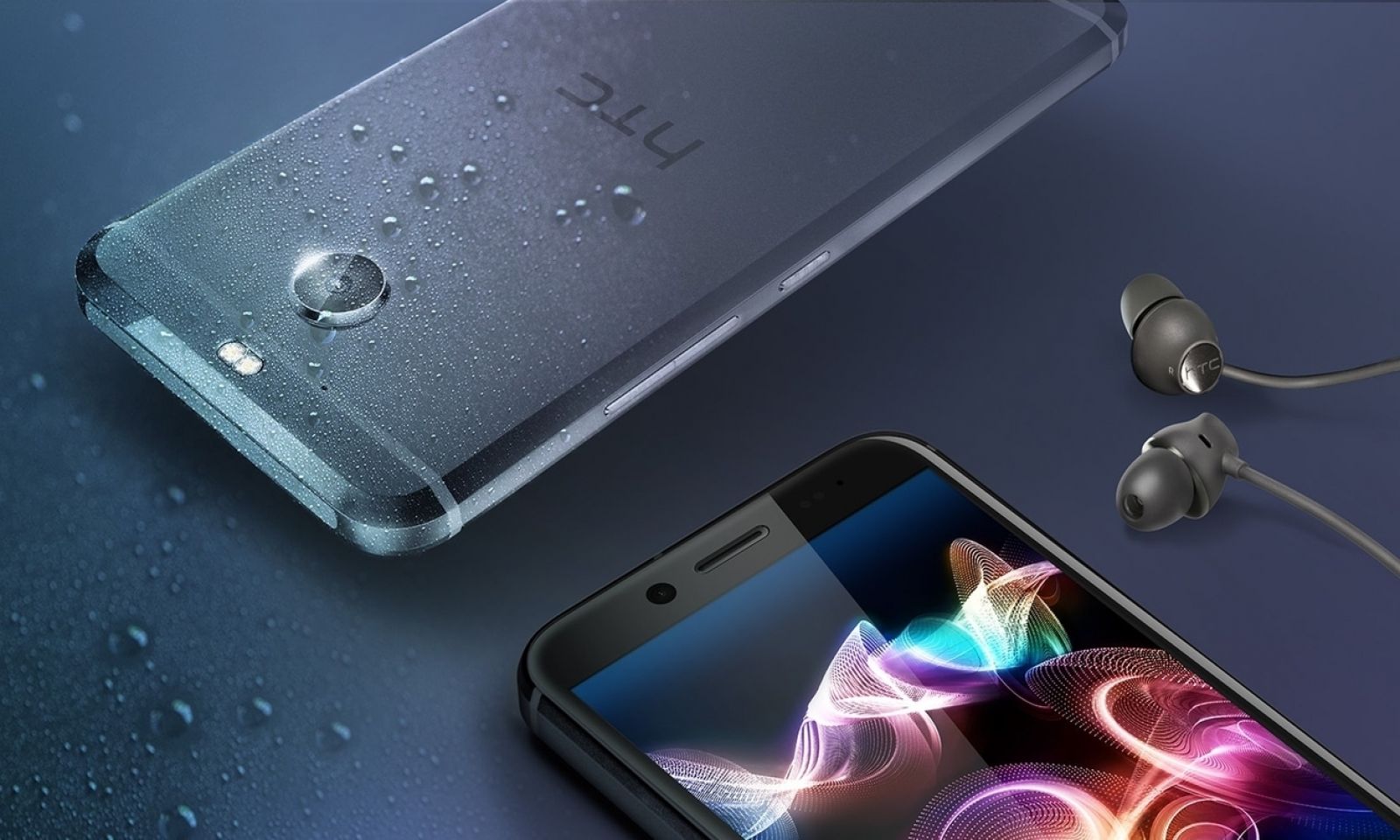
HTC Bolt (10 evo)
Again, the motivation HTC in this step is not clear. The company did not focus on the rejection of 3.5 mm itself, and the connector did not appear in the next flagships of the company. It was simply removed and forgotten.
After HTC there was a lull. The next smartphone without 3.5 mm from a large company was Xiaomi Mi 6. Xiaomi for some reason also did not take the time to explain this innovation, but after that they had to comment on this, because that there were many questions.

Xiaomi Mi 6
After the presentation, representatives of the company said that they abandoned the 3.5 mm jack in Xiaomi Mi 6 due to lack of space inside the case. Allegedly, this allowed to increase the battery capacity and better place the antennas. At the same time, the company did not offer any alternative, except for the included adapter. And only a month after the announcement of the smartphone, the company introduced wired headphones with a USB Type-C connector.
Then none of the big companies dared to follow the 'wireless' trend for a long time. It was only in early October 2017 that Google introduced the Pixel 2 and 2 XL without a headphone jack, even though it made fun of Apple a year ago.
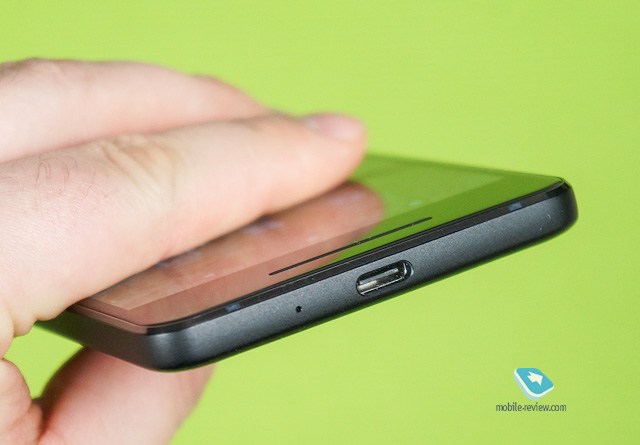
Pixel 2
The company representatives explained the abandonment of 3.5 mm by the desire to improve sound quality using the USB Type-C connector and the desire for the so-called bezelless design of smartphones. Google also unveiled the strange Pixel Buds wireless headphones.
Right after Google, there was a presentation Huawei of Mate 10 and Mate 10 Pro. The younger model did not surprise with anything, but the pro version appeared without a 3.5 mm jack. The company did not comment on this decision in any way, but simply added headphones with USB Type-C and a 3.5 mm adapter to the kit. But the company will not stop there, and, according to rumors, the new flagships P20 and P20 Pro will come out without a headphone jack.
Another joined the trend
The MWC 2018 exhibition in Barcelona brought us not only the announcement of the Galaxy S9 , but also became the venue for the presentation of the next flagship from a large company without a 3.5 mm jack – these are Sony Xperia XZ2 and XZ2 Compact . Traditionally, after the presentation of smartphones, the company representatives had to explain such a decision.
This is part of the movement towards the new Ambient Flow design language. In order to create a beautiful one-piece design, our designers had to remove the headphone jack. In addition, we are closely following the main market trend of replacing wired headphones with wireless ones.
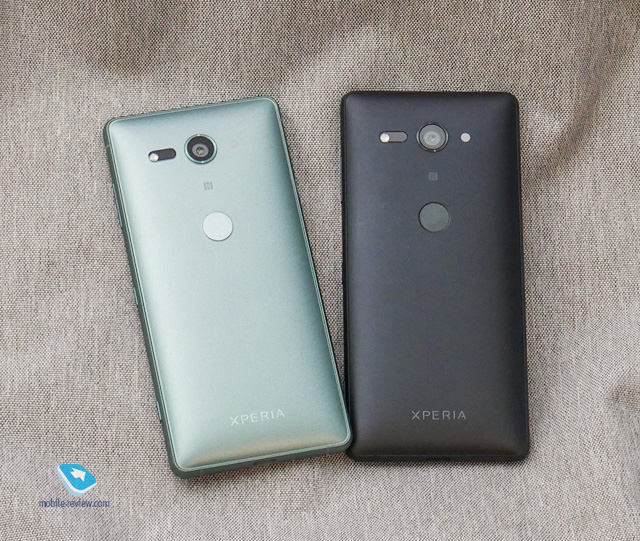
XZ2 Compact
Who else is holding on
In this regard, I like the behavior of Samsung. She was one of the first to make fun of Apple and the rejection of 3.5 mm, said that she was not going to get rid of the connector, and still did not do it. At the same time, the Galaxy S8 / S9 has a waterproof design, a 'frameless' design and a compact body.
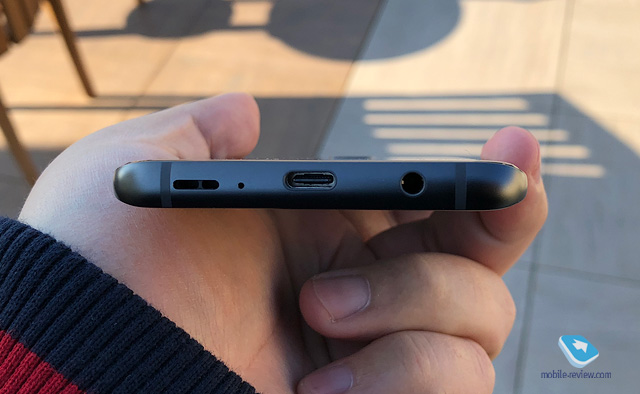
Galaxy S9
Apart from Samsung, there is also LG, which has not yet given up the headphone jack. Although, according to rumors, in LG G7 there will be a cutout in the screen copied from iPhone X, so I would not be surprised if 3.5 mm is missing. Still less large companies remained Nokia, ASUS, Meizu and little-known Chinese manufacturers.
Outcome
The reasons for abandoning 3.5 mm boil down to the fact that this is an old connector that takes up extra space inside. It sounds convincing, but the example of Samsung does not get out of my head – they somehow manage to keep all the flagship 'chips' and the 3.5 mm jack. So I'm pretty sure some companies have removed it just to be ahead of Apple or to appear modern.
Lovers of wired 3.5mm headphones, I have bad news for you – this jack doesn't have long to live, whether you like it or not. Even Samsung will give it up sooner or later, and the 'wireless' future will come. But for now Bluetooth – headphones do not give complete freedom, given that they need to be constantly charged if actively used.
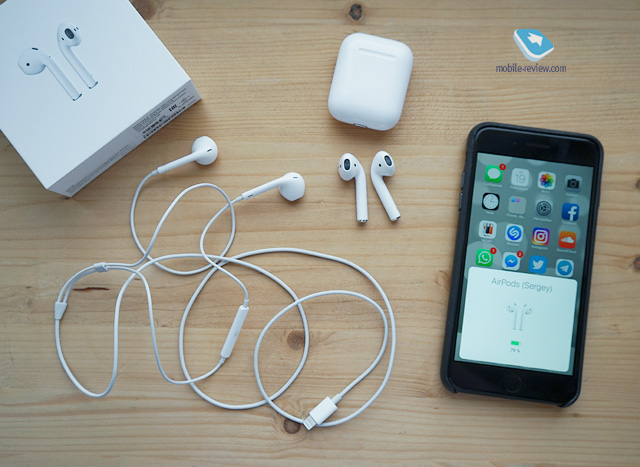
I was able to present a worthy alternative to wired headphones Apple using AirPods, but they also have many drawbacks: the price does not allow them to become truly massive, the shape is not suitable for all ears and the sound quality will not suit everyone. Other companies cannot yet show something similar in terms of ease of connection, portability and charging.
Alternative headphones with Lightning and USB Type-C connectors have not become popular, and the choice among them is small. Therefore, it remains only to wait for the development of wireless headphones, use adapters or choose smartphones with 3.5 mm, which are getting smaller every year.
I invite readers to tell in the comments about their attitude to the abandonment of the 3.5 mm jack and to wireless headphones.
